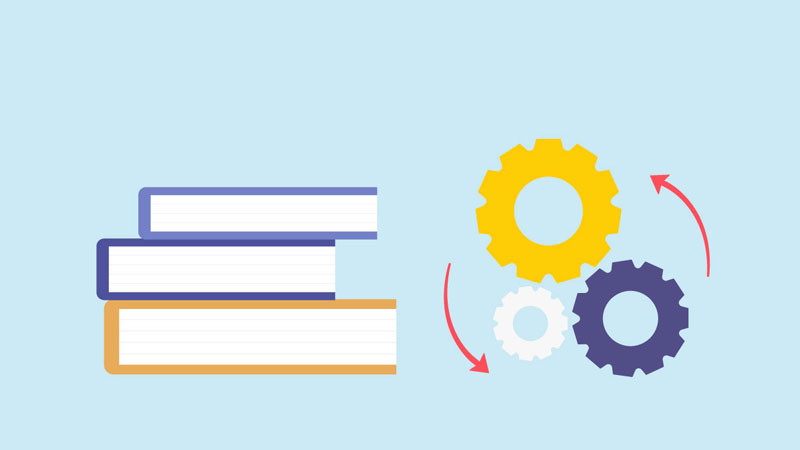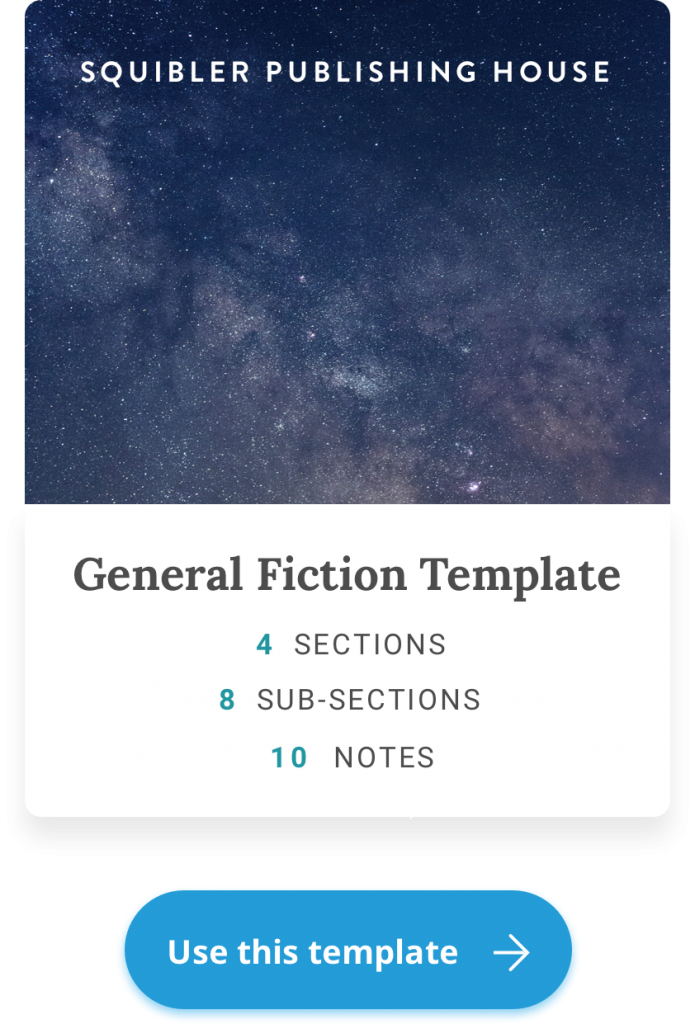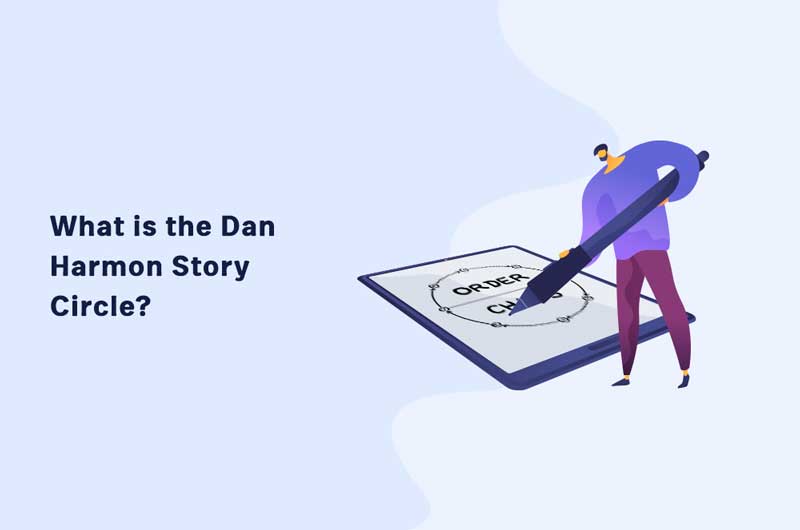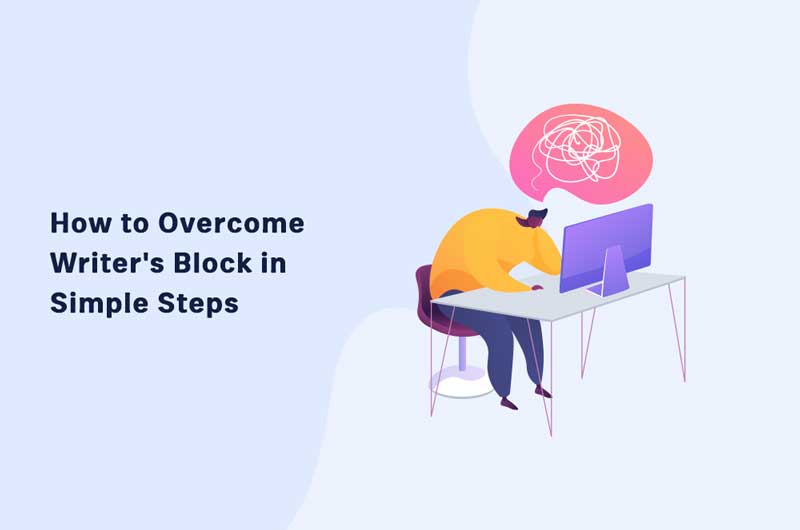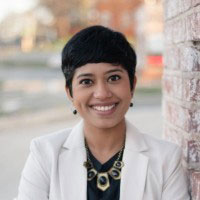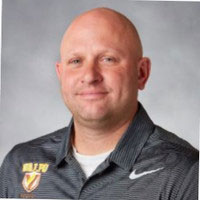Knowing how to create a story structure is one of the most important parts of knowing how to write a novel. Whether you’re writing a book of 100,000 words or a short story with only 5000, it has to have a good structure.
There are different types of story structures, with some being more effective and successful than others.
There are also certain story structures that will work within certain genres and some that won’t. Perfecting the craft of structure is something that shouldn’t be ignored by any aspiring writer.
Practice makes perfect and there are always things you can improve on when learning how to create a story structure.
How to Create a Story Structure:
Before attempting to learn how to create a story structure, you should become familiar with what exactly it is. The structure of a story is like a framework of what happens.
What is a Story Structure?
Story structure is what allows the reader to make sense of the series of event you’ve presented them with.
The structure doesn’t dictate specific details, only the basis of the events. A good way to learn about it is to look at the most basic structure for a typical drama. This structure consists of five parts:
- Exposition. This is the beginning of the story where important characters, settings, and background are revealed.
- Rising Action. This is a series of events that will build towards a final point.
- Climax. This is the turning point of the story. This is where things often change dramatically – a point of no return, if you will.
- Falling Action. This is where things between protagonist and antagonist unravel. The protagonist will either win or lose, and a final moment of suspense and doubt are often created.
- Denoument or Conclusion. This is where all the events of the falling action conclude and we see the end of the conflict. Tensions are released and everything is normal again.
So, as you can see, these five points depict a complete story without giving a single detail. Any event, point, or theme can be inserted into each of these sections of the story, as long as they follow the proper pattern.
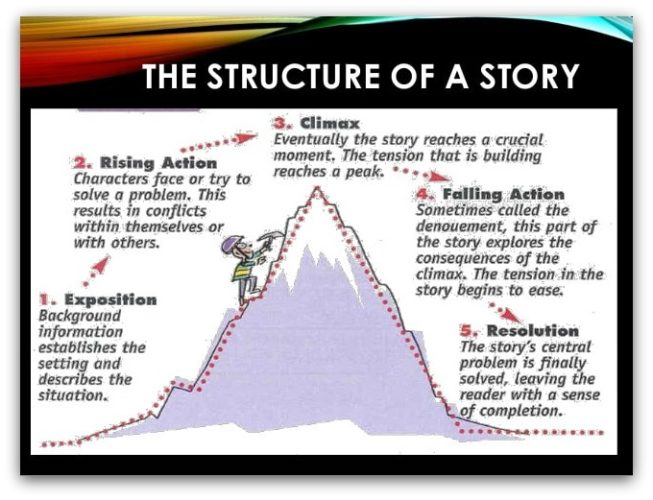
This five-point structure has been taught and accepted as an effective story structure for a long time, but it is not the only way to structure a story. Many have played with the elements and discovered several other ways of telling a great story.
Story Structure vs Outline – Don’t Get Confused
It is important to note that a structure should not be confused with the outline. They may seem similar but they are, in fact, quite different. When learning how to write a novel, it’s important to understand both.
The difference is not difficult to know once you are familiar with both elements.
- A story structure dictates the baseline events. For example, your story structure includes a rise then fall. That’s it, rise and fall is the structure.
- A story outline decides the specifics of the structure. For example, a man gains power and rules over an entire kingdom (rise). Soon after, he is thwarted by an enemy and the throne is stolen (fall).
How to Create a Story Structure That Works
Once you have a good handle on the basics of story structure, you can start changing it up to create something that works. Even though a particular story structure may be effective, that doesn’t automatically mean it’s the absolute best choice for every single story.
Take some time and explore the different methods of structuring a story, and decide what is best for yours.
Use a Template to Help You
As I mentioned above, different story structures work in different situations and there are no specific details included. But, once you’ve nailed down your idea and started brainstorming, you can start applying the structure to a pre-made template:
These templates are, at their core, based on story structure. What they add are a few details. They offer some guidelines for each section of the story to make sure you keep it on track and don’t leave anything out.
Types of Story Structure
There are four main elements that are always present in every story – the milieu (the world itself), the character, the event, and the idea. Knowing how to write a novel means being familiar with each type of structure.
A good story will have all of these, but there is usually one that is dominant. This will be the element that the author cares most about – the piece of the puzzle that the story focuses on.
The Milieu Story
The milieu is just the world that the story takes place in. It will comprise of the planet itself all the way down to small details like the weather and the people.
In a milieu story, the world becomes a character of its own. We have a protagonist, of course, but they are not the focus. The writer is less concerned with you liking the main character, than they are with you being consumed by the world they’ve created.
Stories like these don’t focus on the character’s childhood, their memories, or any of their backstory. The story only cares about the time the character spends in your world.
Every milieu story follows the same basic structure: the story begins when the character finds or enters the world, and it ends when they leave.
Gulliver’s Travels is an example of a milieu story. The writer doesn’t really care what you think of Gulliver himself. The point of the story is for the reader to experience the many places Gulliver traveled to and compare them to their own society.
In The Wonderful Wizard of Oz, Oz is the real main character. Dorothy is the one with whom we travel through it. The “quest” of the story is over when Dorothy kills the wicked witch, but the story itself doesn’t end until Dorothy has left Oz.
The Idea Story
This type of structure is very simple – it is about looking for and finding new information through the character or characters who are driven to make the discoveries. These stories always begin by asking a question. They end when the question has been answered.
This is a common structure for mysteries or thrillers, with the question usually being some combination of who, what, why, and how? The story is over when all the questions are answered and the identify of the criminal is finally revealed.
You can add a twist to this structure by playing with dramatic irony. The identity is unknown to the other characters, but perhaps let your readers in on who did it before the big reveal.
The Character Story
While every story needs a main character, not every story is about who this main character is as a person. Their entire history, the series of events that made them who they are, the minute details of their personality.
In a character story, these things are all important and explored deeply.
The plot of these stories focuses less on what the character physically does, and more on how events and actions affect them as a person. The story as a whole will follow the character through a personal transformation in both personal character and their role in society.
The structure here is simple – the story begins at the moment the character becomes unhappy in their present state or situation. They begin the process of change and the story ends when they either settle into a new role and accept changes, or they give up their struggle and go back to how things were.

A perfect and well-known example of this is The Hunger Games. The trilogy follows Katniss as she works to change and renew the world around her. In the process, she undergoes a huge growth and transformation herself.
The Hunger Games ends when Katniss has been successful in overcoming the capitol. The very last thing we see is her and her family several years down the road, enjoying life in the peaceful new world they fought for.
The Event Story
In an event story, something is wrong with the world. A previous golden age has been destroyed and the world is in chaos. Of course, something must be done, and the story follows a cast of characters that are working to restore order.
The event story will end when the darkness is conquered and the world is as it should be once again. Or, in some cases, the story will end when the world descends fully into irreversible chaos and all forces of good and order are destroyed forever.
One might think that these stories begin when the trouble in the world first occurs, but this is not the case. An event story will begin when the character whose actions will be essential to the resolution first appears.
A large amount of fantasy and sci-fi stories follow the event story structure, The Lord of the Rings being a classic example.
The story begins when Frodo discovers that the ring is the key to overthrowing Sauron. The story is not over when Sauron is destroyed, but when order has been restored.
Types of Narrative Structure
Regardless of the type of structure your story follows, there will always be characters, conflicts, and series of events.
It is how the writer chooses to bring it all together and show them to the reader that defines the narrative structure. The narrative structure mostly deals with how the author handles time in their story.
The Linear Structure
This is the most common way to tell a story. This is a story that is simply told in chronological order with no deviations or variations.
Events unfold before the reader’s eyes in the same order that they happened. The rising action takes place, conflict ensues, and eventually, things resolve. Beginning to end, that’s your story.
Flashbacks
Some stories do not only take place in the present time. Many authors use flashbacks to give the reader additional information, background, or context.
The flashbacks may happen often throughout the story, or there might just be one or two big ones. Either way, the author is taking you back in time within the world of their story, so the narrative becomes nonlinear.
Parallels
This structure sometimes uses a narrator to help portray deeper levels of meaning. A parallel structure is when two different stories are happening simultaneously.
They are both related and unrelated to each other in different ways. A simple example is two characters – probable strangers in the beginning – are taking a long journey together.
Their physical destination is the same, but their reasons for traveling are distinctly different and not intertwined.
Frames
Also sometimes narrated by an outside voice, a frame structure is when many smaller stories are taking place within the framework of a larger one.
An example of this is “The Canterbury Tales” which is a series of short stories that all relate to the bigger picture. The big plot follows a large group of pilgrims, but their individual stories are told separately.
How to Create a Story Structure with the Most Popular Arcs
In theory, a story structure can be any set of points and events that an author wants. But, there is a certain set of story arcs that are widely used these days, and this is because they are proven to work.
Some are more popular than others, but they all have their benefits and uses within literature:
Rags to Riches – A Complete Rise
This is the telling of a classic underdog story and is probably the most popular arc as people love to see the characters rise up and have a happy ending.

The concept is simple: by the end of the story, your protagonist is in a much better place than they were at the beginning.
Riches to Rags – A Complete Fall
Basically the exact opposite of rags to riches. This is the story of someone who is wildly successful, wealthy, or famous, who loses everything.
The story ends with them having nothing – they don’t gain anything back. It is a popular arc for a dark, sad, or tragic story.
Man in a Hole – Fall Then Rise
Here, something horrible will happen to the protagonist early on in the story. The bulk of the story will be about them working through these challenges and trying to overcome the problem.
In the end, they do find a solution and ultimately come out on top.
Icarus – Rise Then Fall
This structure is named for the main character in a myth that depicts this category perfectly.
This story will have your protagonist rising up and gaining power, popularity, wealth, etc. The story will then have them fall back down again.
The story typically ends with them being even worse off than they were before.
Cinderella – Rise, Fall, Rise
This is the structure for the ever-popular “boy meets girl” theme in a lot of drama and romantic comedy.
The story will follow the protagonist as they find something great, only to lose it. The loss is only temporary though, and in the end, they get the great thing back, perhaps even better than before it was lost.
Oedipus – Fall, Rise, Fall
This structure is less common, but still used in some cases.
It is when the protagonist is met with a horrible situation that will ultimately mark their fate. But, somewhere in between, they find some temporary relief or a false ray of hope.
The victory is short-lived as they ultimately fall back into tragedy once again, which is where the story will end.
Don’t Feel Confined by Story Structure
Once you start learning about story structure, you might end up feeling confined to it or stuck in some way.
Don’t feel like you need to follow a strict, rigid plan or else your story is doomed to failure. This is not the case!
Story structures exist because they are proven effective, but that doesn’t mean there isn’t wiggle room. Feel free to play around with the structure, rearrange your plot points, and find a flow that works for you.
Often times, the basic structure comes naturally once you decide what the story is inherently about.
